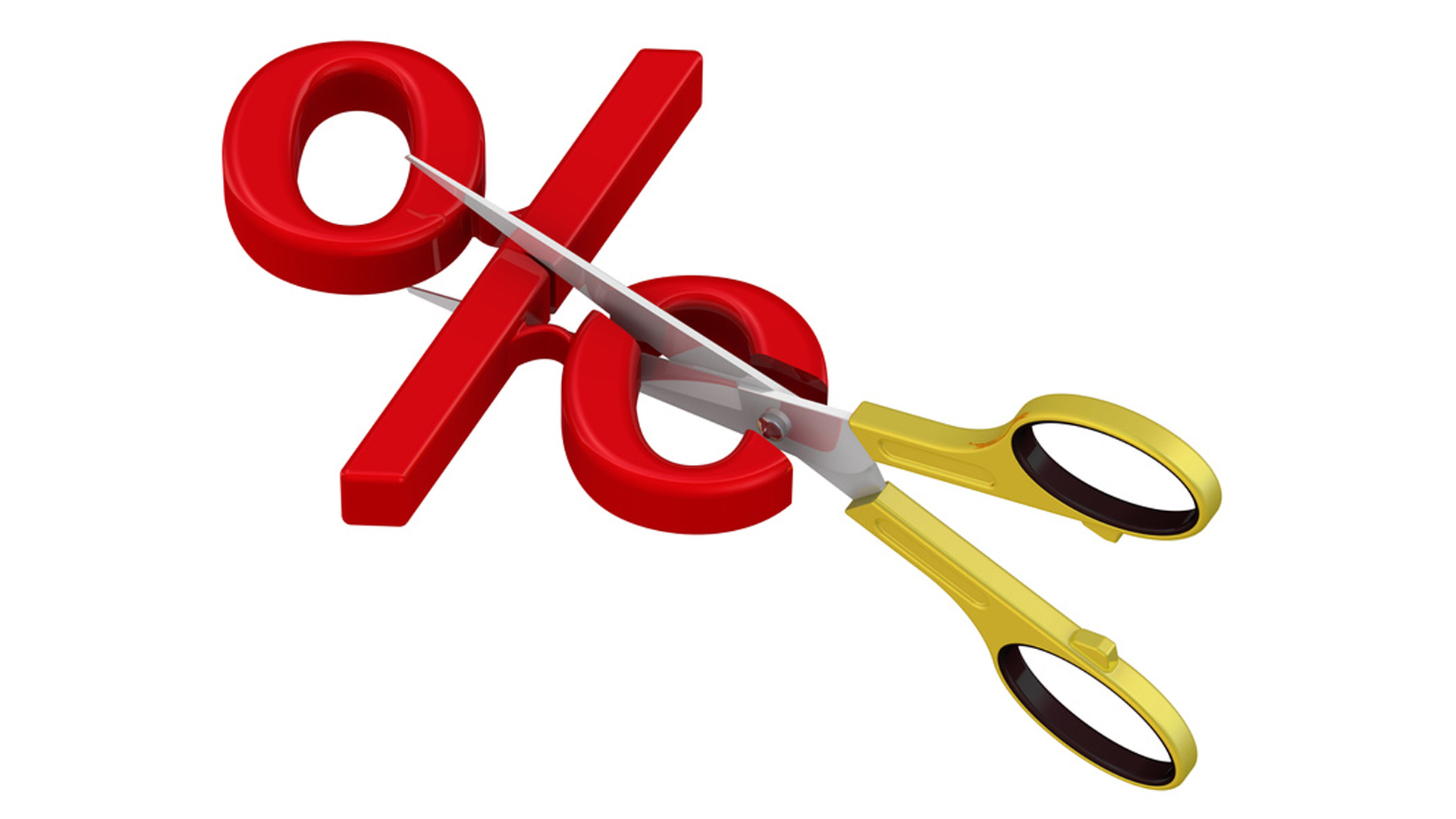The Sudden Shift: How Interest Rate Cuts Affect the Economy and Your Wallet
The world of finance is often unpredictable, and one of the most significant events that can impact the economy and individual wallets is an interest rate cut. In recent times, the Federal Reserve, the central bank of the United States, has been on the radar for its actions on interest rates. With the latest developments, the question on everyone's mind is: what does an interest rate cut mean for the economy and your personal finances? In this article, we will delve into the world of interest rates, explore the implications of an interest rate cut, and provide valuable insights on how it affects your wallet.
Understanding Interest Rates
Interest rates are the cost of borrowing money, expressed as a percentage of the principal amount borrowed. When you borrow money, such as when you take out a loan or mortgage, you pay interest to the lender for the privilege of using their money. The interest rate is influenced by various factors, including inflation, economic growth, and monetary policy. Central banks, like the Federal Reserve, set interest rates to promote economic growth, control inflation, and stabilize the financial system.
Types of Interest Rates
There are two primary types of interest rates: nominal interest rates and real interest rates. Nominal interest rates are the actual interest rates charged on loans, while real interest rates are the interest rates adjusted for inflation. For example, if you have a mortgage with a nominal interest rate of 4%, the real interest rate would be lower if inflation is high.
Implications of an Interest Rate Cut
When the central bank reduces interest rates, it can have several effects on the economy and your wallet. Here are some of the key implications:
- Boosts Economic Growth: Lower interest rates make borrowing cheaper, which can stimulate economic growth by increasing spending and investment.
- Increases Consumer Spending: With lower interest rates, consumers have more disposable income, which can lead to increased spending on goods and services.
- Helps Businesses Grow: Lower interest rates make it easier for businesses to access credit, which can help them expand and hire more employees.
- Increases Stock Market: Lower interest rates can lead to an increase in stock prices, as investors become more optimistic about the economy.
- Negative Effects on Savings: Lower interest rates can reduce the value of savings, as the returns on savings accounts decrease.
How Interest Rate Cuts Affect Your Wallet
An interest rate cut can have both positive and negative effects on your wallet. Here are some key considerations:
- Homeowners: A lower interest rate can lead to lower mortgage payments, making it easier to pay off your mortgage.
- Borrowers: A lower interest rate can make borrowing cheaper, which can be beneficial for consumers who need to finance large purchases.
- Savers: A lower interest rate can reduce the value of savings, which can be a drawback for individuals who rely on savings accounts for emergency funds.
- Investors: A lower interest rate can lead to lower returns on investments, such as bonds and CDs.
How to Take Advantage of Lower Interest Rates
If you're considering taking out a loan or mortgage, here are some tips to help you make the most of lower interest rates:
- Shop Around: Compare rates from different lenders to find the best deal.
- Consider Alternative Options: If you're not eligible for a traditional loan, consider alternative options, such as a personal loan or credit card.
- Plan Ahead: If you're planning to buy a home or take out a large loan, consider the interest rate when making your decision.
- Avoid Long-Term Debt: If possible, try to avoid taking on long-term debt, as it can increase the total cost of borrowing.
What's Next for Interest Rates?
The interest rate cut is just the beginning of a larger economic story. As the economy continues to evolve, interest rates will likely fluctuate. Here are some key factors to watch:
- Inflation: If inflation rises, interest rates may increase to control inflation.
- Economic Growth: If the economy grows rapidly, interest rates may increase to slow down the economy.
- Global Economic Trends: Global economic trends, such as trade policies and currency fluctuations, can impact interest rates.
- Monetary Policy: The central bank's monetary policy decisions will continue to shape interest rates and the economy.
Conclusion
An interest rate cut can have significant effects on the economy and your wallet. Understanding the implications of an interest rate cut can help you make informed decisions about borrowing, saving, and investing. As the economy continues to evolve, it's essential to stay informed about interest rates and their impact on your finances.
Da Vine Joy Randolph Weight
Google Places Local Rank Tracker
Lisa Liberati
Article Recommendations
- Jules Ari
- Hattel Alan Berta
- King Von Morgue
- Maligoshik Fans
- Peggy Prescott
- Jackoherty Girlfriend
- Shailene Woodley Husband
- Ali Macgraw
- Es Foo
- Misav



